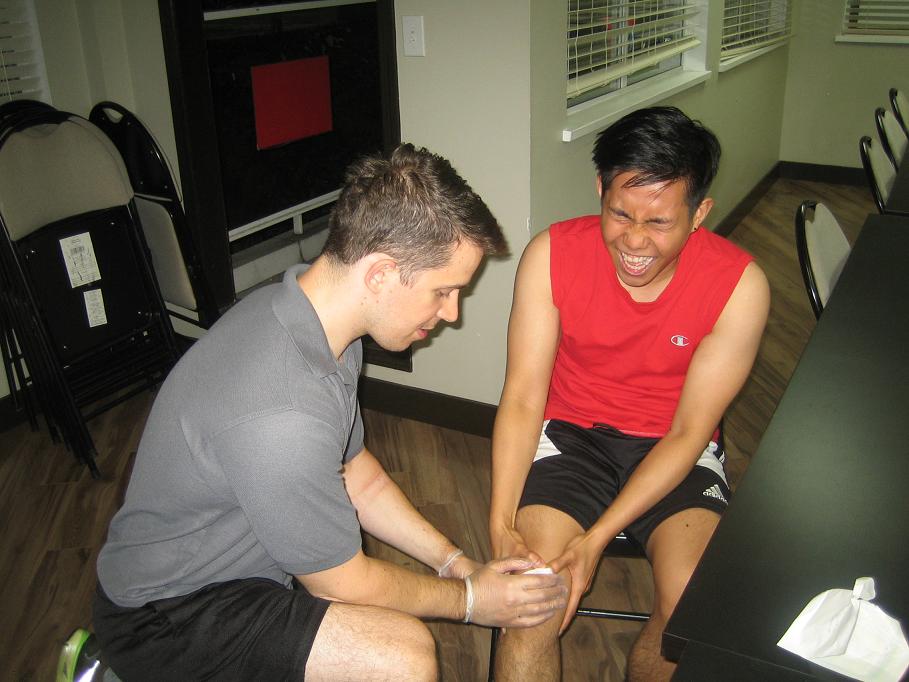Cuts and grazes are the most common injuries. Though they are not considered as a threat to the person. Generally, cuts and grazes can be treated at home and don’t require emergency treatment. Normally, all you need to do is to clean the area and bandage it up.
Stop the bleeding
If you notice that a graze or cut is bleeding a lot, your main objective is to discontinue the bleeding and place a bandage on to apply pressure. You can use also use a towel if you don’t have a bandage. You also want to try to position the injured area above the level of your head. If you have been injured to a lower part of the body, make sure you lie down so the injured area is positioned above the level the heart as this will help to slow the bleeding down.
How to dress cuts and grazes
To bandage or dress a cut and graze do the following:
- At first, clean your hands and dry them off properly.
- Place the wound under water and rinse. Do not use soap as this can burn or damage the wound.
- Take a clean towel and dry the area.
- Use a sterile bandage and place it on the affected area.
You can place a new dressing as often as needed. It will be best to buy a water-resistant bandage to avoid the wound getting wet while it is busy healing.
Pain control
Normally a graze and cut will heal with seven days. However, if you feel you are in pain, you can use some paracetamol or ibuprofen.
Medical attention
If you notice the graze or cut becomes infected, it will be best to see your GP. Generally, there is a higher chance this will become infected if:
- An object is lodged in the wound like a shard of glass.
- Body fluids have contaminated the wound.
- The wound appears to be wider than 1.9 inches
If you were bitten by a spider or snake, for instance, phone your GP immediately, as bites become infected most of the time.
If you notice the following signs, this could mean the wound is infected:
- The affected area starts to become inflamed.
- The affected area releases a discharge of fluids.
- The skin around the area turns red.
- You start to feel unwell.
- A high fever might be experienced.
- Swollen glands appear.
If the wound is infected, your GP will give you antibiotics. If you need medical assistance, you can also go to your local clinic for minor inquiries.
Related Video
FACT CHECK
https://www.nhs.uk/conditions/cuts-and-grazes/

